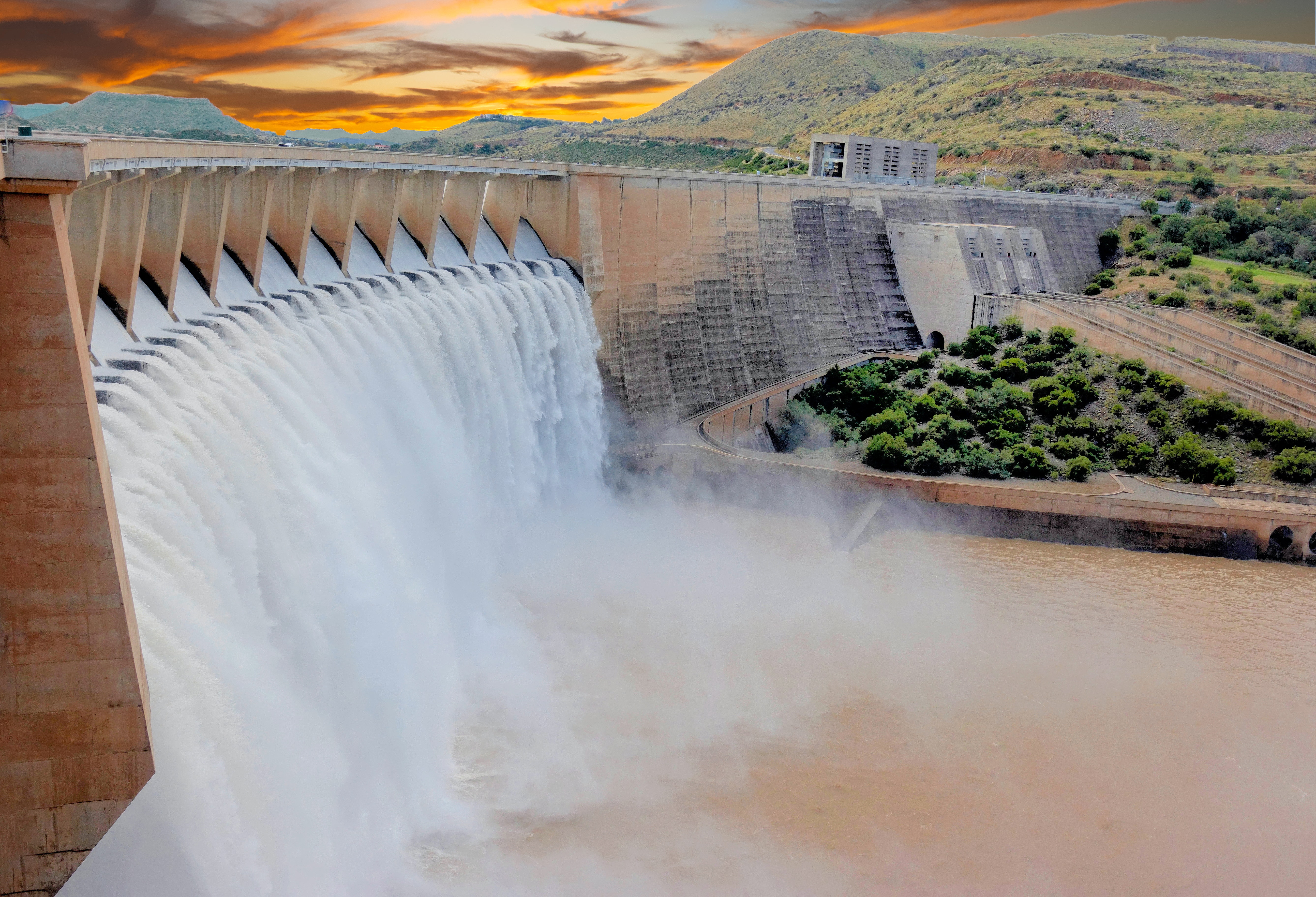Why Dam Inundation Is Something to Strongly Consider Before Buying a Home In California

While California is known for its golden coasts and mountains, these natural features also carry with them some serious natural risks. That’s why we recommend all homeowners take a hard look at the natural hazard disclosure report (NHD report for short) of any home they are considering buying. In looking over these reports thoroughly, homeowners can then better prepare for the potential threats of the area.
It is California state law for NHD reports to be made available before a home is purchased, and the report outlines the six primary hazard types - a flood hazard zone, high fire hazard severity zone, wildland fire area, earthquake fault zone, seismic hazard zone and last but certainly not least a dam failure inundation area.
Of these six, dam inundation and the associated risk of flood damages need to be especially considered as they pose a unique combination of risk that’s easy to overlook. There are over 1,250 dams in California, and large sections of land depend on them to remain safe for the homes of their area.
If an NHD report reveals that a house is located within the Dam Inundation zone, it means that if a dam were to break and fail to hold back the water, then any land within the zone would quickly become flooded with all the water previously held back.
I know this is a frightening prospect, but by considering all the relevant angles, homeowners can still move forward with a home that lies in these designated areas with confidence.
It Means Additional Insurance Coverage and Costs
It may come as a surprise, but flood insurance isn’t covered by basic homeowners insurance policies. However, the state of California does require homes located in designated special flood hazard areas (such as a dam inundation zone) to purchase additional coverage as outlined through the National Flood Insurance Program.
These will provide the kind of financial support should a dam fail and an area becomes inundated, which goes a long way in easing the minds of hesitant buyers.
However, this does mean a higher cost per year for the buyer when you factor in the mortgage and other insurances to fully protect their home. For those on a tighter budget, this additional coverage might put an otherwise attractive home out of reach, so it’s important to figure these kinds of costs into the equation.
An NHD report will detail all the hazard zones that a home falls within, and homeowners then can begin to calculate what the end cost of living in that area would be. It’s often more than they might have had initially in mind, but it’s due diligence that could save them hundreds of thousands of dollars down the line.
The natural hazard report will give all the information you’ll need for insurance purposes, but the responsibility of action still remains on the individual to have proper coverage and planning should a significant flood occur. The home itself can be reinforced with structural risers and waterproof items to help offset minor flood damages, and buyers can factor this into their financial plan as well.
Homeowners Need a Plan for Flooding
The chances of a home located in a flood zone might seem small at a glance, just a one percent annual threat, but when applied over the course of a 30-year mortgage this means homeowners have a 25 percent chance of experiencing a flood in some form. For potential buyers who see flood risk marked on the NHD report, this means special consideration beyond just insurance but in a personal plan of action.
The contents of the house and the property itself are valuable, but the lives of loved ones are irreplaceable. While insurance can help safeguard the financial side of the property and contents, for the people inside, homeowners need an actionable plan to ensure safety during perhaps the most stressful conditions imaginable.
Having an emergency kit with essential items, going over with the whole family what to do during and after the flooding are just a few steps that form an effective flooding plan. None require much in terms of time or financial investment, but their impact can be huge if a nearby dam becomes inundated and floods follow.
It’s safe to move forward with the purchase of a home if you see dam inundation risk located on an NHD report, so long as the owner understands and takes responsibility for creating a plan that helps mitigate the risks.
Dam Inundation Affects Home Value
All the facts revealed in the NHD report affect the bottom-line fiscal value of a home, but dam inundation in particular has a unique effect. Dam inundation is rare, occurring just 45 times in Californian history, but when it does happen, the effects are devastating.
There are several reasons for dam failure both human and natural in the cause. These range from an overwhelming amount of water, structural failure due to age or faulty upkeep, or movements of the land challenging the structural integrity of the works.
In the vast majority of cases, homeowners will simply purchase additional insurance against flooding and keep regular updates on dam statuses during storms. If the dam should fail however, it will likely not only pose an immediate threat to the home and its occupant, but likely plummet the financial resale value of the property.
It can take months or even years for an area to fully recover from the effects of dam inundation, and in some cases, residents decide not to return. It’s exceedingly rare for a dam to fail at all, let alone one significant enough to cause this level of damage, but there are a handful of cases that bear mentioning.
Along with NHD reports there are plenty of tools that can help homeowners be aware and proactive against the threat dam inundation poses in California. Interactive maps give vital geographical information and context, and there are often local support networks that regularly run disasters drills for their communities.
For an all-encompassing picture of how safe a home is for purchase, there is no better single source of information than a natural hazard disclosure report. Once understood, any slice of California can be enjoyed with a deeper understanding and peace of mind.

